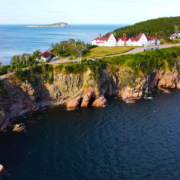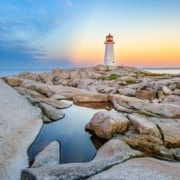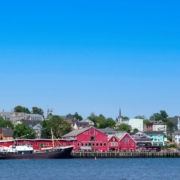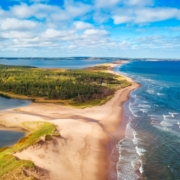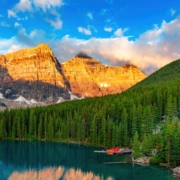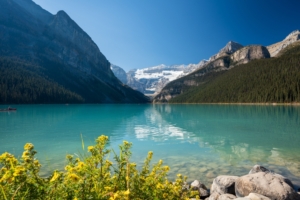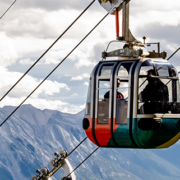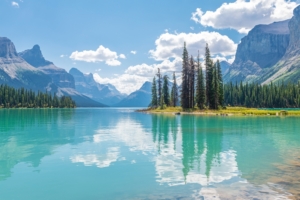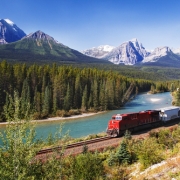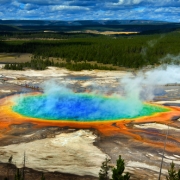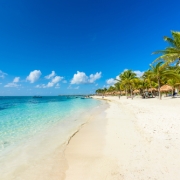Nova Scotia is a truly underrated Canadian province. Its stunning landscapes, rich history, and unique culture make it a memorable place. Should it be the destination for your next adventure?
Is Nova Scotia A Good Place To Visit? (Pros & Cons)
Is Nova Scotia the right destination for you? Weigh the benefits and drawbacks of a trip to this intriguing locale.
Pros
Nova Scotia is rich in both natural and cultural wonders. The province is home to nine distinct UNESCO sites, including places preserving their unique cultural heritage, biospheres, and night skies. Experiences that are deep and complex leave a lasting impression.
Rare, Internationally Recognized Natural Wonders
Nova Scotia’s stunning natural landscapes, wildlife, and rare ecosystems make it an unforgettable destination for eco-tourists.
Check out the unique ecologies of the Southwest Nova Biosphere Reserve
Biosphere, the Cliffs of Fundy, and notable birds and estuaries. Experience a night sky unlike almost anywhere else on Earth at one of Nova Scotia’s Dark Sky sites.
Extraordinary Sites of History & Human Culture
Those who love history might enjoy Nova Scotia’s historic colonial towns and fishing villages, dedicated to preserving their traditional ways of life. The province also offers several cultural sites and experiences important to the local indigenous people.
Attractions For Travelers of All Ages & Interests
Athletic travelers can experience challenging cove hikes and whitewater rafting adventures in Nova Scotia. More laid-back visitors might enjoy easy trail rides on horseback, peaceful paddle boat tours, indoor beading workshops, or sipping tea in cafes with beautiful harbor views.
And kids can enjoy playing at Melmerby Beach (or another family-friendly coastal spot), digging for clams, scavenger hunts, and the province’s many kid-friendly museums.
Award-Winning Food
Nova Scotia is home to international award-winning restaurants The Bicycle Thief, CUT Steakhouse, Le Caveau winery, and the historic Five Fishermen. The province is particularly known for its seafood cuisine and savory hodge podge pies.
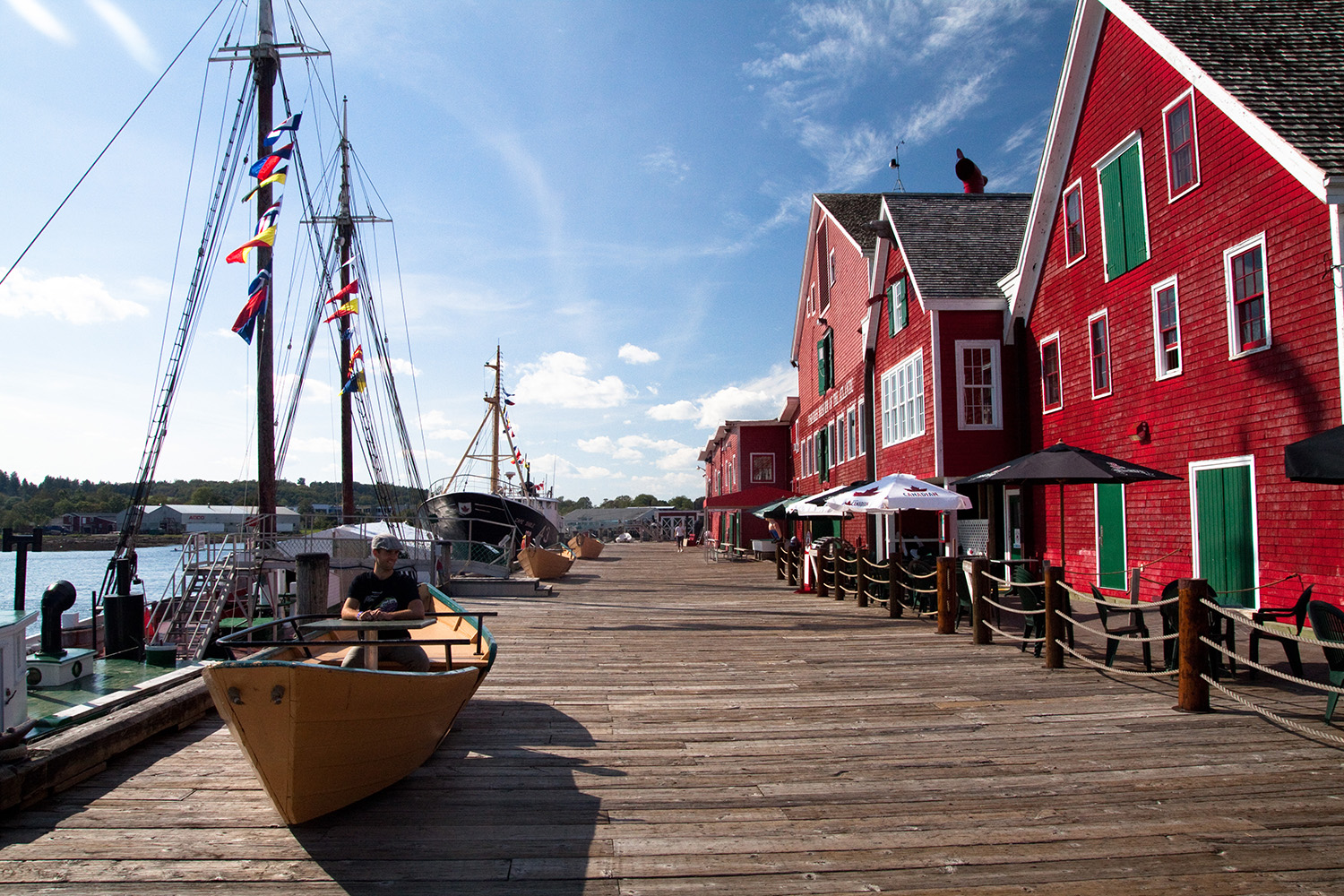
Cons
Pricier Than Traveling In Mexico
Most cities in Nova Scotia offer less expensive lodging and dining than the average costs in the U.S. Halifax is also a more affordable destination than Toronto or Vancouver.
Nevertheless, the Canadian province might not be the best choice for travelers on an extremely tight budget. For those seeking a highly budget-conscious trip in North America, Mexico might be a better option.
Cold Weather & Storms In Winter
From November through March, Nova Scotia deals with cold, stormy winter weather. Low temperatures range from -9°C (16°F) to 0°C (32°F), and it’s prone to intense winter storms called Nor’easters.
Best Things To Do When Visiting Nova Scotia, Canada
Discover the seven most popular ways to enjoy a trip to Nova Scotia.
Kayak In Bra D’or Lake
Bra D’or Lake is a tidal estuary with freshwater and saltwater pools: a rare condition. Its unique ecosystem earned it international recognition as a UNESCO Biosphere Reserve.
Called Pitupaq by the indigenous Mi’kmaq people, the pristine lake is home to bald eagles, gray seals, herons, and so many more extraordinary species.
Uncover 300-Million-Year-Old Fossils At Joggins Fossil Cliffs
The tides of the Bay of Fundy continually expose new fossils on this cliff face and beach. Spend a day as a paleontologist and discover what Nova Scotia was like 300 million years ago.
Explore the trees, plants, and animal imprints preserved in stone.
Watch Puffins At The Bird Islands
The Bird Islands of Nova Scotia draw in bird-watching enthusiasts from across the globe. The islands are home to the second-largest flock of Atlantic puffins in the world.
On boat tours, visitors can see not only nesting puffin pairs, but also cormorants, bald eagles, razorbills, and black guillemots.
Experience The Wildlife of Pollett’s Cove
Pollet’s Cove is a coastal inlet on Cape Breton Island, Nova Scotia. Visitors can camp there, hike a challenging trail, collect driftwood or sea glass, and stay on the lookout for herds of wild horses known to roam the trail.
Go Stargazing At Kejimkujik National Park (Dark Sky Preserve)
The Acadian Skies & Mi’kmaq Lands region, and Kejimkujik National Park were the first two recipients of UNESCO’s Dark Sky Preserve designation.
Rent a kit to enjoy a self-guided experience exploring constellations. Or, join a guided night hike or canoe excursion to learn about these celestial bodies from a master teacher.
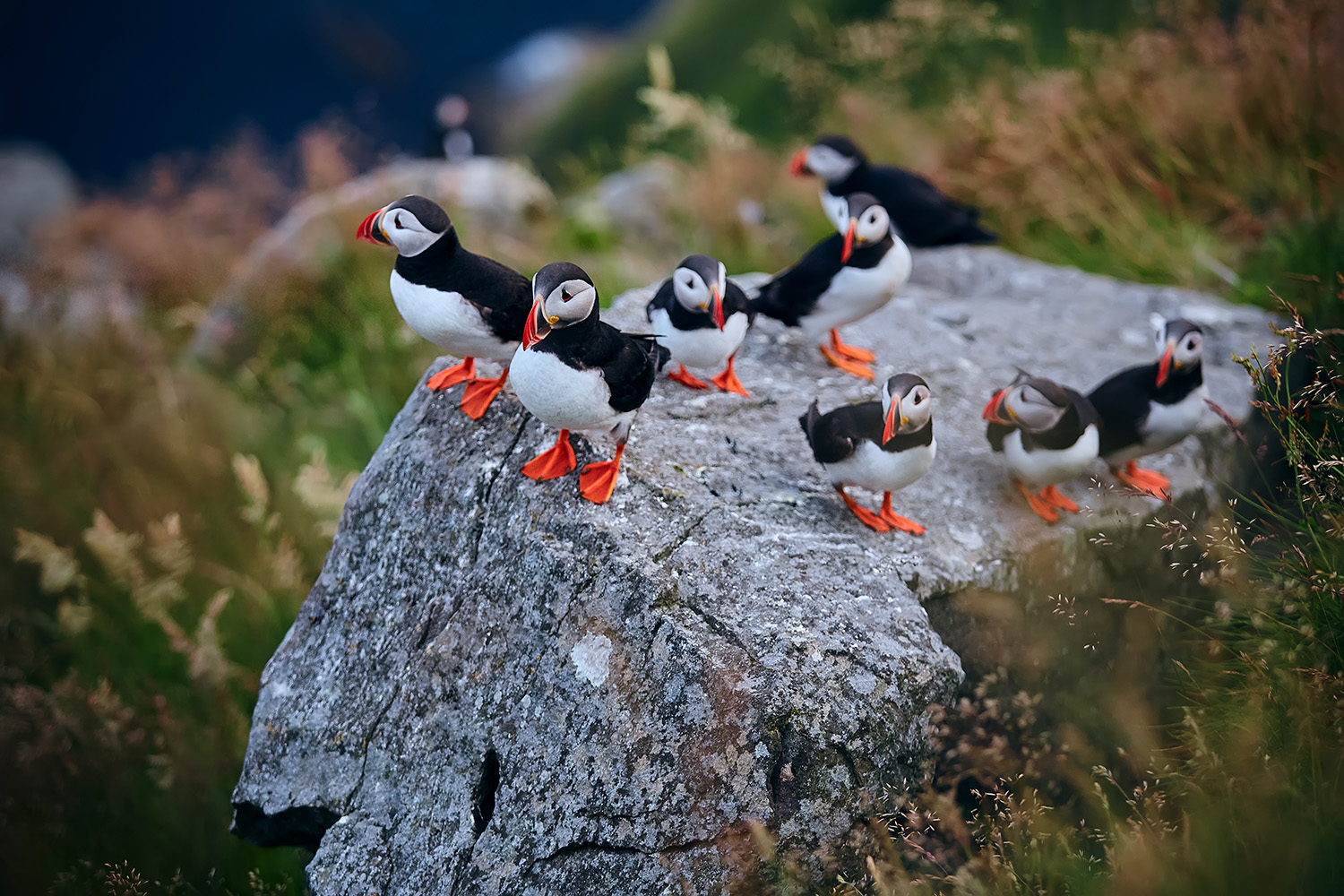
Tour Old Town Lunenburg
Old Town Lunenburg preserves the historic design, architecture, and culture of a planned British settlement established in 1753.
Explore the recreated, iconic Bluenose sailing ship, delve into historic ports, lighthouses, and fisheries by boat, and hear captivating stories told on tours of the town’s hidden gems.
Explore The Halifax Citadel National Historic Site
Immerse yourself in the life of a 78th Highlander, an early 19th-century soldier of Halifax. Adults may enjoy guided walking tours and commemorative events.
Meanwhile, kids can engage in family-friendly exploration like The Citadel Adventures: an educational scavenger hunt throughout the historic site.
Take A Medicine Walk With A Mi’kmaq Cultural Ambassador In Membertou Heritage Park
A medicine Walk is a meditative, spiritually healing journey through nature. At Membertou Heritage Park on Unama’ki (Cape Breton Island), visitors can go on this journey with a practiced Mi’kmaq guide.
This walk through the island’s forest incorporates ancestral medicine teachings, singing, drumming, and even dancing. Afterward, the experience ends with a traditional Mi’kmaq tea.
While you’re on the island, consider enjoying a beading or dreamcatcher weaving workshop at the Membertou Heritage Center.
The Best Time To Visit Nova Scotia (Seasons & Climate)
The most popular months to visit Nova Scotia are July and August.
Daytime temperatures range from 15°C (60°F) to 27°C (80°F), making summer the season for outdoor festivals! Lobsterfest, free concerts, and the Antigonish Highland Games are all popular events held during the province’s warmest months.
Early autumn months, September and October, are also popular–in part because they’re the peak season for beautiful fall colors.
Can You Drive to Nova Scotia, Canada’s Eastern Peninsula?
Yes, it is possible to drive to Nova Scotia from the United States. Most arriving by car cross the Atlantic Halifax Harbor from Bay Harbor, Maine via the CAT ferry, which can transport vehicles. Others arrive by land, entering Canada at a border crossing outside Nova Scotia.
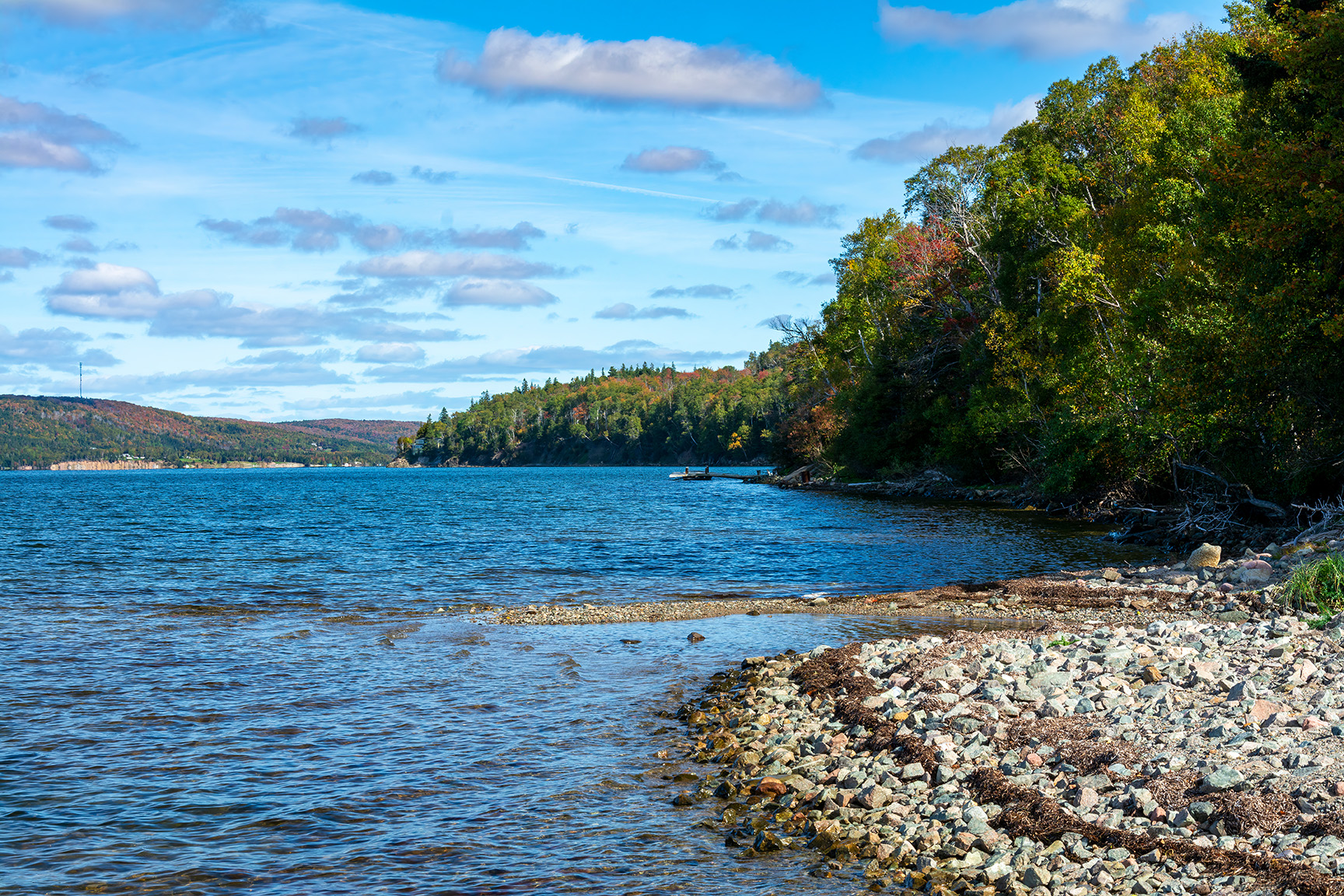
What Are The Best Ways To Travel To Nova Scotia?
There are several excellent ways to travel to Nova Scotia from the United States.
In addition to driving, visitors can reach Nova Scotia on a long-distance bus, like a Greyhound, or by train. Travelers from the U.S. can take the Amtrak to Montreal, then transfer to VIA Rail at Gare Centrale/Central Station. From there, they can take VIA Rail lines to Truro or Halifax.
Other popular ways to travel to Nova Scotia include cruises and air travel. Most international flights to Nova Scotia arrive at Halifax Stanfield International Airport.
Experience The Natural Wonders of Nova Scotia With Caravan
Gear up for a Northern adventure on Caravan’s all-inclusive Nova Scotia & Maritimes Tour.
Book a ticket today by calling 1-800-227-2826. For more information, call +1-312-321-9800.
